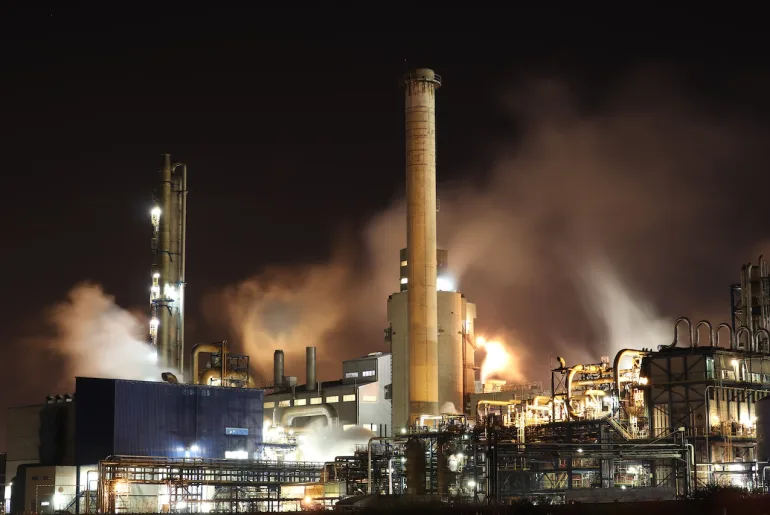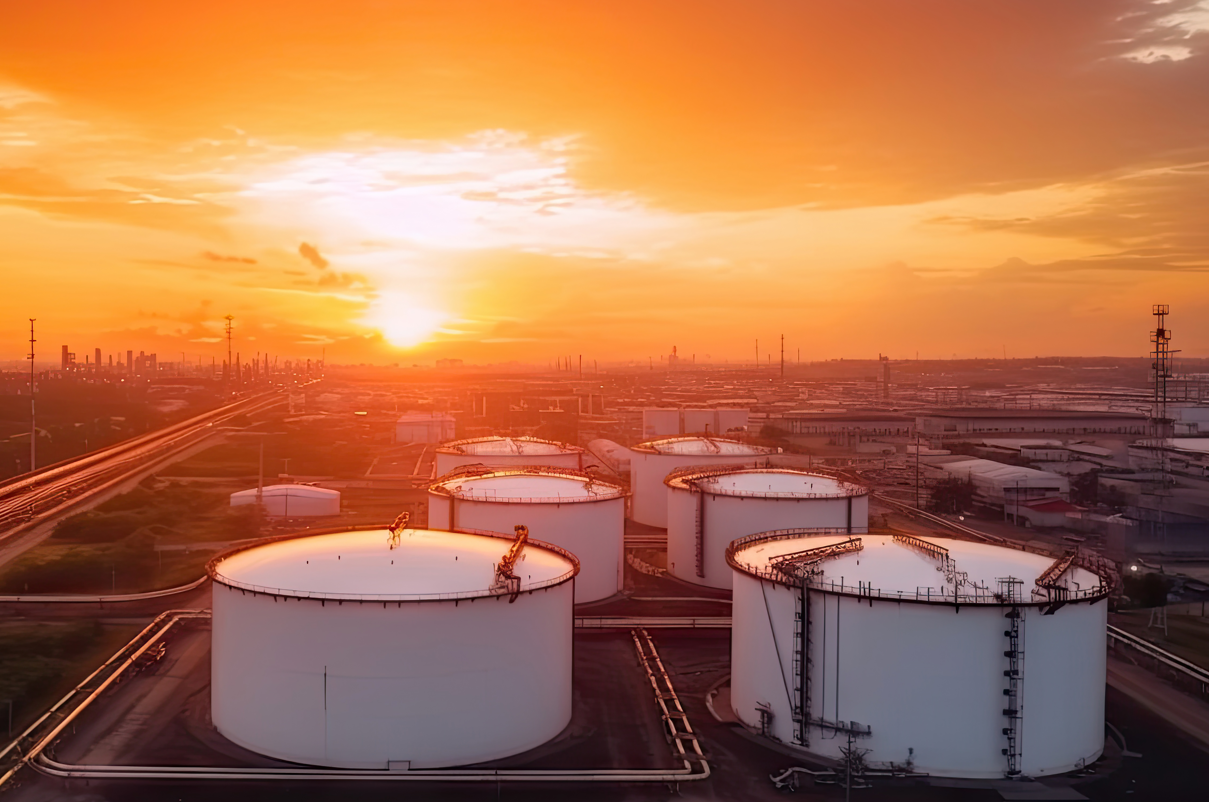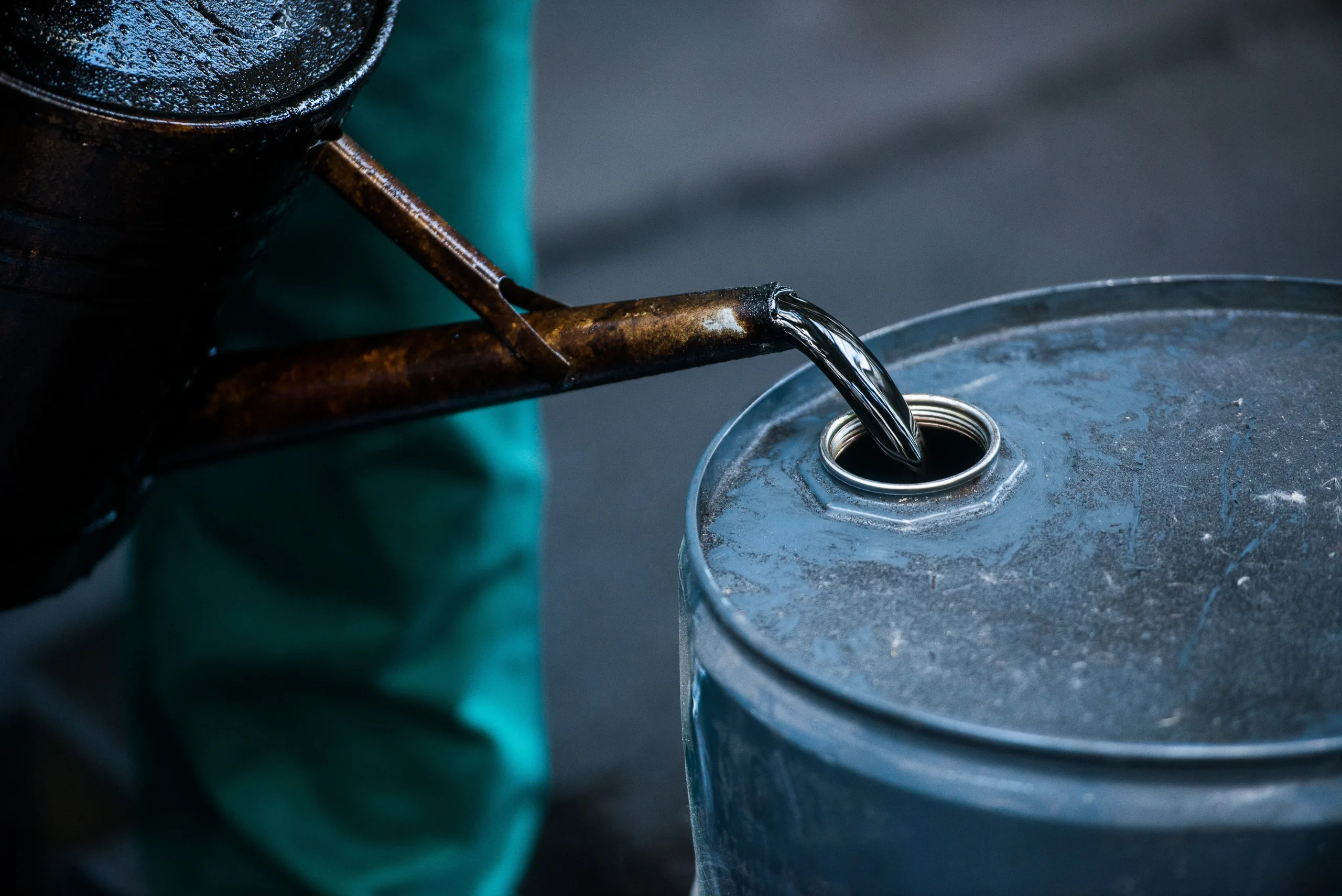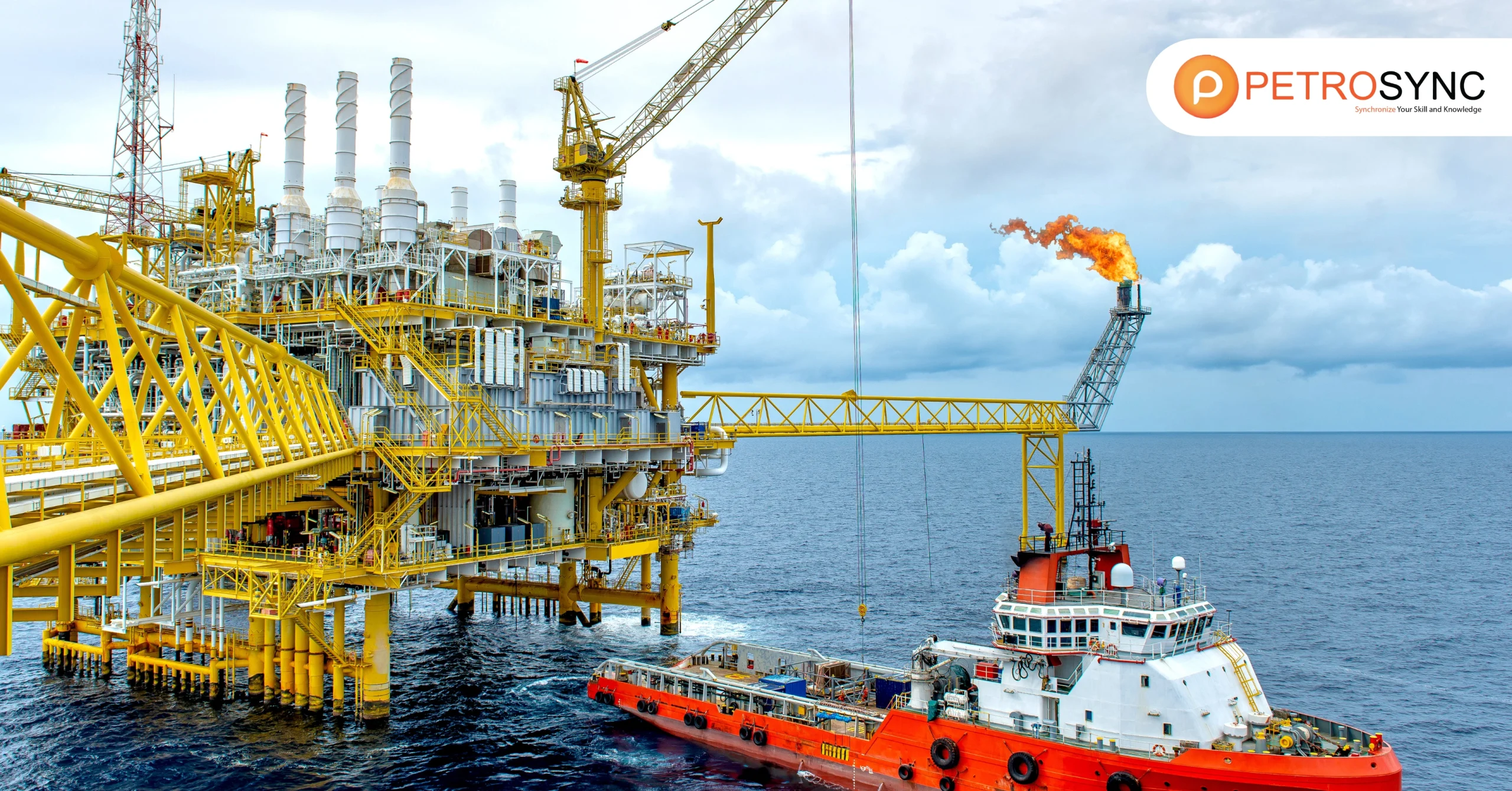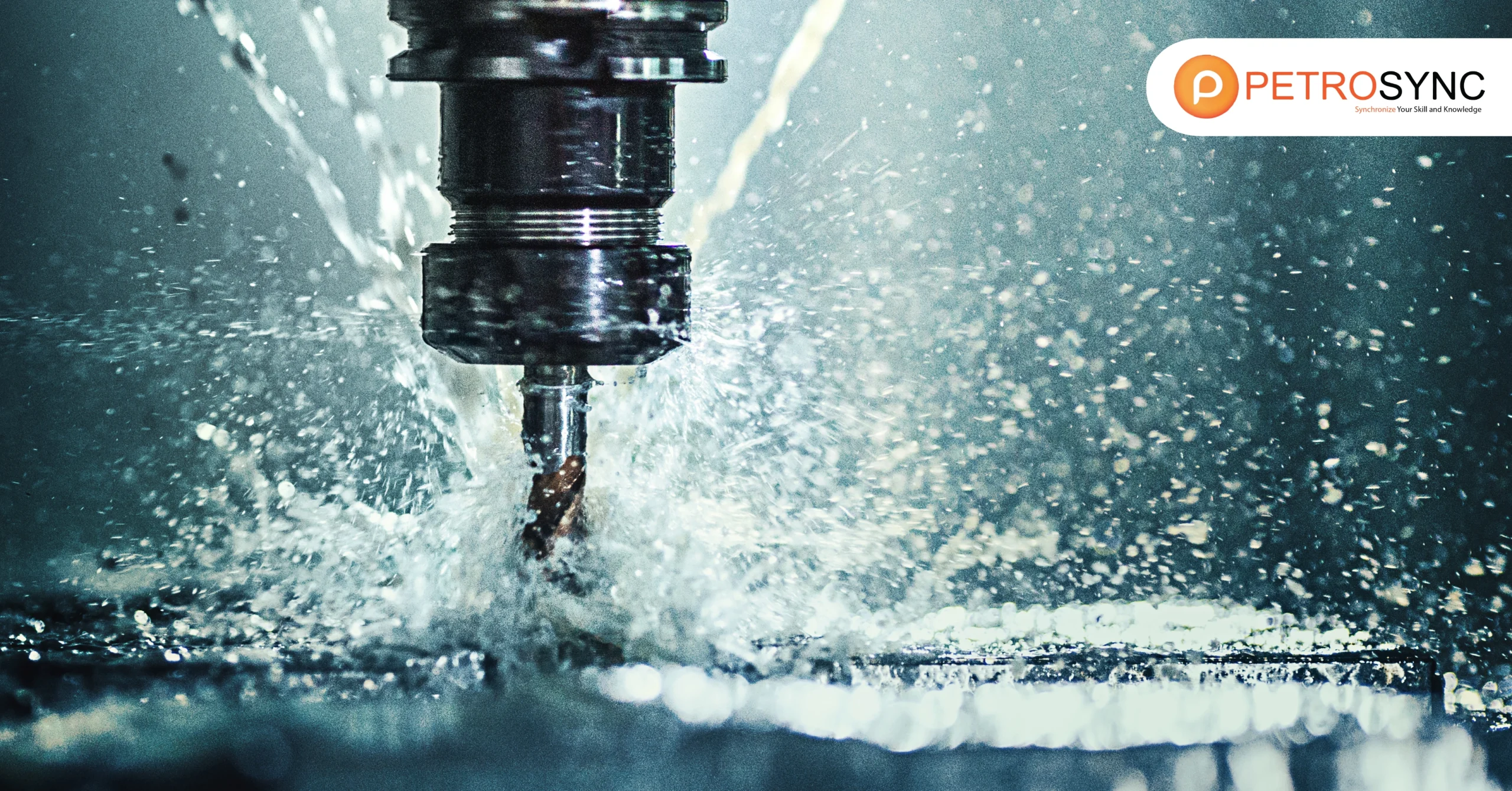Oil process facilities consist of the infrastructure, machinery, and systems utilized in the processing and refining of crude oil to create valuable petroleum products. These facilities encompass several stages in the process, such as separating, purifying, fractionating, and treating the oil.
What Is Oil Process Facilities Training Course Objective?
The primary objective of this training course is to enhance communication among technical disciplines across different organizations, leading to improved operational efficiency and cross-functional collaboration.
By fostering cooperation and teamwork among teams from diverse organizations, the training course aims to optimize costs and enhance production economics. Ultimately, this serves as the operator’s best assurance for achieving successful, safe, and cost-effective operations.
What Is Oil Process Facilities Training Course Overview?
The oil process facilities training course by PetroSync is specifically designed to promote awareness and facilitate a comprehensive understanding of the different phases of production operations fundamentals. The training course aims to achieve this by providing insights into the functionalities of various components within the oil field.
Moreover, our training gives a fundamental understanding of a wide range of equipment used in handling and treating oilfield production. It goes beyond merely explaining “what” these equipment do but also delves into the mechanics of “how” they operate.
What Is Oil Process Facilities Training Course Objective?
The primary objective of the Oil Process Facilities training course by PetroSync is to ensure that attendees acquire a thorough comprehension of the operations and procedures in oil processing facilities. The training course is designed to equip attendees with the essential knowledge and skills required to efficiently oversee and enhance the performance of oil process facilities. These skills become our paramount objectives, such as:
- Gain knowledge of the different components involved in surface facilities, spanning from the well to the production station.
- Comprehend the underlying principles of oil and gas separation.
- Grasp the fundamental principles of oil and gas dehydration.
- Become acquainted with the principles governing fractionation and its operations.
- Familiarize oneself with the principles governing refrigeration operations.
- Develop an understanding of operational issues and learn to identify them.
- Acquaint oneself with pipeline operations and maintenance, including problem-solving and troubleshooting.
- Become familiar with the procedures involved in pipeline pigging operations.
- Gain familiarity with the various types of storage tanks, associated hazards, and safety measures.
- Get acquainted with a range of equipment and tools, as well as their respective functions.
What Is Oil Process Facilities Training Course Outline?
The outline regarding the Oil Process Facilities training course is listed down below. For a more detailed and complete outline, you can refer to PetroSync’s Oil Process Facilities training course brochure.
DAY 1
Pre-Course test
Module 1: Introduction and Overview
- Properties of fluids, viscosity, density, solubility,
- compressibility, and surface tension at the surface.
- Effects of fluid properties on a production system
- Phase envelope, dew/bubble points, dense phase, critical point, hydrocarbon mixture
- Laws: Stokes, Bernoulli, Darcy, Reynolds
Module 2: Integrated Production System
- Reservoirs: types, drive mechanisms, porosity, permeability, skin
- Wells: Types and objectives
- Surface facilities: Configurations and objectives
- Flowlines, piping, gathering systems; solids, and liquid limits
- Production measurements and types of meters
- Disposal: types and environmental impact
- Nodal analysis: pressure drop over the system
Module 3: Sub-surface Operations
- Well types: vertical, deviated, casing schemes, cementation, completion classification, packers, perforations, tubing standards, and tubing connections.
- Vertical flow performance: multiphase flow
- Well integrity: well intervention operations, workover, snubbing, coiled tubing, acid treatment, pressure control, SSSV, MAASP
- Artificial lift: gas lift, beam pump, ESP, etc.
- Group discussion & exercises
DAY 2
Quizzes & Recap
Module 4: Wellhead & X-mas Tree
- Types of casing and objectives
- Casing head housing/spools
- Tubing hanger: Tubing hanger systems and
- components, types
- X-mas tree: types, valves, API standard
Module 5: Flow Control and Manifolds
- Chokes: fixed, variable, critical flow, erosion
- Flowlines: horizontal flow performance: multi-phase flow, vertical flow phases
- Manifold layout
Module 6: Separation
- 2 and 3 phase separation, multi-stage separation, effects of separator pressure, the internals of separators, vertical/horizontal separators, retention time.
- Atmospheric separation, surge vessels
Module 7: Oil Treatment
- Wash tanks, storage/export tanks,
- Emulsion treatment, dehydration/desalting of crude
- Solids in oil
- Export/sales quality and market requirements
- Case Study: Emulsion, Reservoir and emulsion aspects
DAY 3
Quizzes & Recap
Module 8: Pipeline Systems
- Operations
- Maintenance
- Inspection of pipelines
- Best practices of pipeline pigging operations
- Cathodic protection and corrosion monitoring through pigging operations
Module 9: Water Treatment
- Water quality: oil in water, disposal at surface/subsurface, water injection, hydro cyclones
Module 10: Reserves Planning
- PRMS: Petroleum Resource Management System
- Portfolio management
Module 11: Gas Treatment
- Gas coolers: water in the gas, isobaric dehydration
- LTS: mechanical cooling, J-T valves, turboexpander
- Absorption: glycol systems, regeneration, contactor, quality, filters
- Adsorption: silica gel systems, batch operation
- Acid gas treatment
- Case Study: Produced water treatment & recycling and wash water quality and role in the oil separation process
DAY 4
Quizzes & Recap
Module 12: Corrosion
- Corrosion mechanisms
- CO2, H2S, Chlorine, brittle fractures, HIC
- Galvanic corrosion
- Corrosion detection, management, and protection
Module 13: Rotating Equipment
- Pumps
- Compressors (reciprocating, centrifugal)
Module 14: Static Equipment
- Heaters
- Vessels
- Valves
- Regulators
- Case Study: 3 Case studies by attendees
DAY 5
Module 15: Instrumentation
- Measurement equipment: end elements, DCS / SCADA
- Safety equipment: IPF, HIPPS, voting systems
- Fiscal measurements
- Reliability: SIL, FoD, risk
Module 16: State-of-the-Art Systems
- New developments
Module17: Oil Storage & Shipping Facilities
- Tanks and Tank Storage facilities
- Types of Storage Tanks
- Associated Hazardous Conditions
Module18: HSE Requirements
- Authorization and Competency of Production
- Personnel
- General Safety Procedures
- Handling Chemicals
- Post-course test
Who Should Attend The Oil Process Facilities Training Course?
PetroSync’s oil process facilities training course is designed for but not limited to:
- Production Engineers with 0-10 years of experience
- Operation Engineers with 0-10 years of experience
- Facilities Engineers with 0-10 years of experience
- Petroleum Engineers with 0-10 years of experience
- Field Production Supervisors with 0-10 years of experience
- Surface Equipment Technicians with 0-10 years of experience
- Field Facility Engineers / Operators with 0-10 years of experience
Having a thorough understanding of oil process facilities promotes efficient collaboration and communication within a company. Engineers and personnel from various fields can coordinate their work, exchange valuable knowledge, and unite toward shared objectives. This collaborative approach enhances teamwork, streamlines processes, and ultimately boosts the overall performance of oil and gas operations.
PetroSync understands that your personnel and you must stay informed about the latest advancements in oil processing facilities. Joining PetroSync’s Oil Process Facilities training course is necessary for your team to adapt to evolving technologies and industry trends. By staying updated, you can maintain your competence and be equipped to effectively tackle the challenges and seize the opportunities that arise in the ever-changing landscape of the oil and gas industry. Reserve your training seat and improve your oil process facilities knowledge and skill with PetroSync!
Credit header image: Pexels.com

SEO specialist by day, fact-checker by night. An avid reader and content writer dedicated to delivering accurate and engaging articles through research and credible sources.

